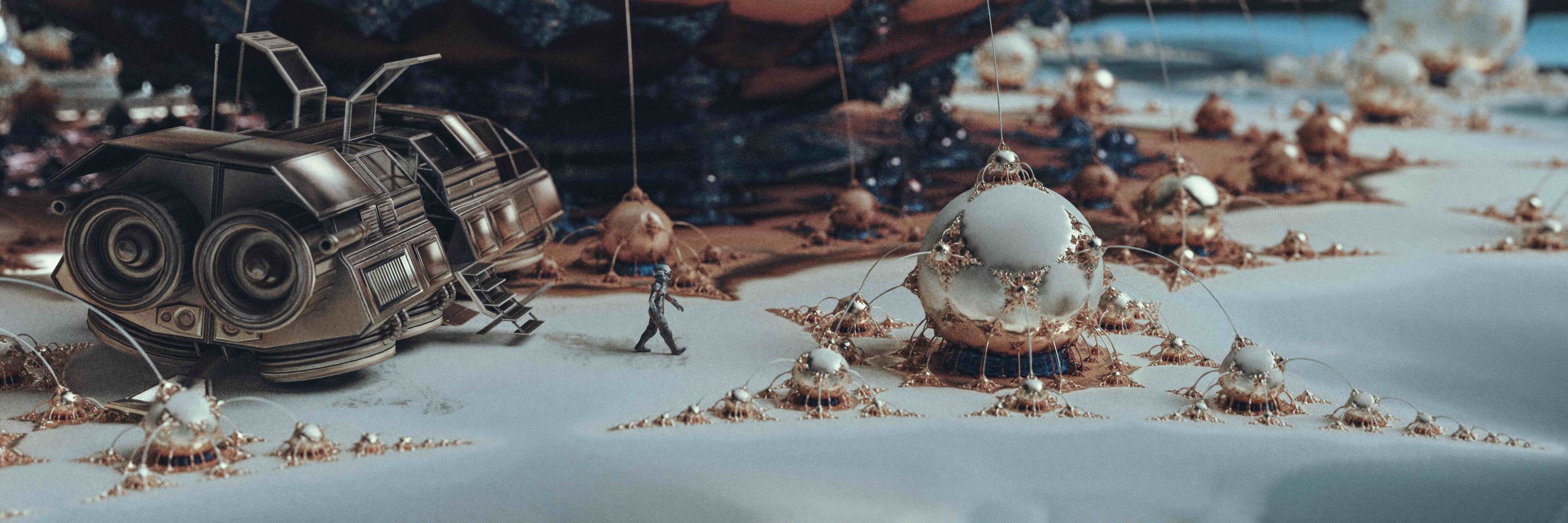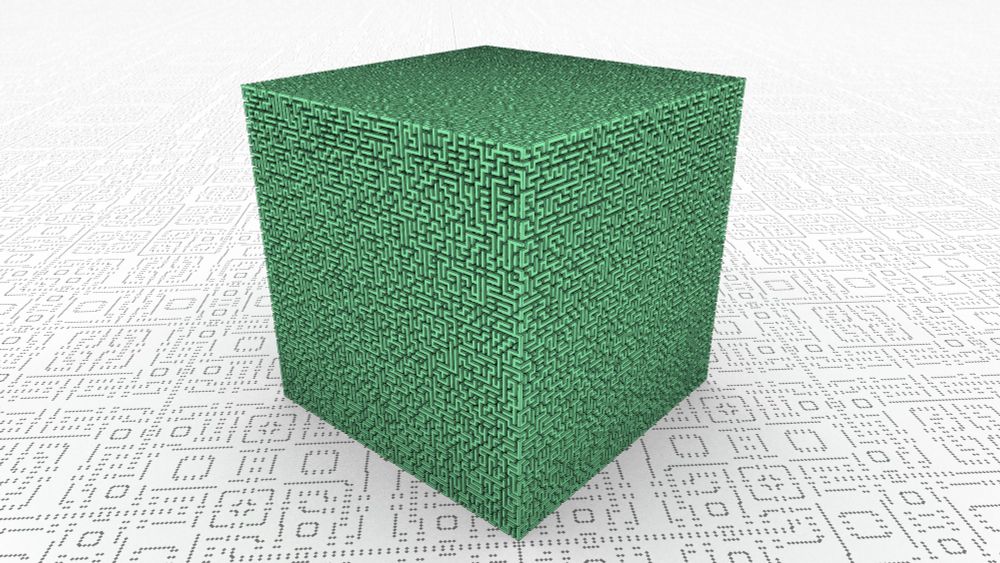







This is a Julia fractal with a linear interpolation of the distance function between iteration counts. Starts by interpolating between 1 and 3 iterations, then 3 and 5, etc...
The material also changes for no particular reason...
#metalrt #rendering #fractal
This is a Julia fractal with a linear interpolation of the distance function between iteration counts. Starts by interpolating between 1 and 3 iterations, then 3 and 5, etc...
The material also changes for no particular reason...
#metalrt #rendering #fractal
This is using an explicit check on each ray for the angle against the light direction and add color to the pixel accordingly for the main and secondary arcs.


This is using an explicit check on each ray for the angle against the light direction and add color to the pixel accordingly for the main and secondary arcs.
I had a go at making a similar scene - but without the nice caustic effect it's not nearly as impactful.




I had a go at making a similar scene - but without the nice caustic effect it's not nearly as impactful.














I was using it for weird renders like this. The packing is pretty efficient: as low as 1bit per cell, or 0 if not precomputed.

I was using it for weird renders like this. The packing is pretty efficient: as low as 1bit per cell, or 0 if not precomputed.
But how about subsurface scattering the hard way? By rendering tiny diffuse particles (atoms?) to simulate the many internal bounces of the surface.
Looks a little bit like sugar.
But how about subsurface scattering the hard way? By rendering tiny diffuse particles (atoms?) to simulate the many internal bounces of the surface.
Looks a little bit like sugar.











